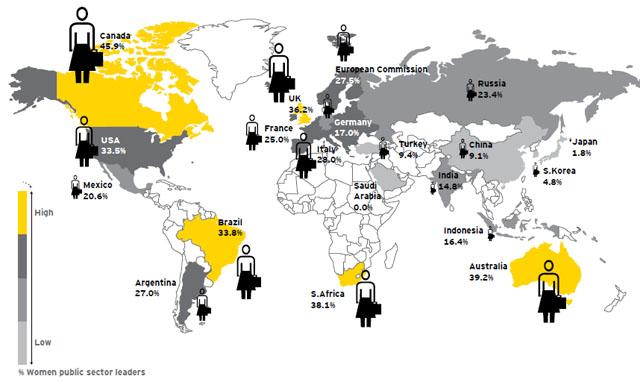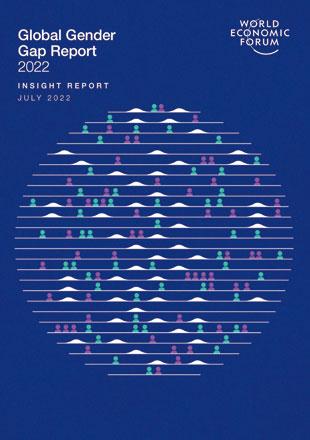You are here
Women constitute 45% of public sector workforce in Q1 — study
By Laila Azzeh - May 18,2015 - Last updated at May 18,2015

AMMAN – Women constituted 45 per cent of the public sector workforce in the first quarter of 2015, but their representation in the senior-most positions stood at 7 per cent, according to an official study.
Most of the women working in the public sector, who accounted for 92,522 out of 205,825 civil servants during the period in question, serve in the health and education ministries.
“Although women made up 48 per cent of the public workforce, the rate drops to 24 per cent if we exclude the health and education ministries,” Minister of Public Sector Development Khleef Al Khawaldeh said on Monday.
He made the remarks during a press conference to announce the findings of a study that analysed the status of women in institutions governed by the civil service system.
Covering the Kingdom’s 103 public departments, the study took into account women’s job categories, titles, academic qualifications and demographic distributions.
Women accounted for 29 per cent of the total leadership and supervisory positions, standing at 38 per cent and 24 per cent respectively.
“Leading positions include secretary general, deputy secretary general, governor, commissioner, member of commission boards and director,” Khawaldeh noted.
Meanwhile, division and unit heads fall under supervisory jobs.
Salma Nims, secretary general of the Jordan National Commission for Women (JNCW), said it was true that women face less discrimination in the public sector compared with the private sector, but there should be a quality analysis on why women do not reach senior positions in government-run institutions.
“We also have to bear in mind that there are societal and infrastructural barriers that make women refrain from senior jobs, especially as they require more effort and longer working hours,” Nims added.
Khawaldeh agreed, highlighting that the study also showed that although women made up around 49 per cent of the total employees with higher education degrees, only 18 per cent were PhD holders.
On the other hand, they constituted around 57.7 per cent of higher diploma holders.
“That is because the majority of teachers have a diploma in education,” the minister explained.
Demographically, the study indicated that the central region had the least number of women in the public sector workforce (43.8 per cent), while the north had the most (47 per cent), followed by the southern region (44.4 per cent).
In the south, Karak Governorate had the highest number of female public sector employees (51 per cent), while Aqaba had the lowest (32.5 per cent).
“We also found that the department with the highest percentage of women employees was the Higher Council for the Affairs of Persons with Disabilities, standing at 60 per cent. However, the Aqaba Railway Corporation had the least number of women employees at 0.98 per cent,” Khawaldeh said.
No woman worked at the Iftaa and Chief Islamic Justice departments in the first quarter of this year, according to the survey.
“Overall, if we analyse the findings of the study with regard to women…we find that they are very similar to that of men,” the minister said, noting that empowering women in the public sector is one of the main priorities of the ministry’s in its 2014-2016 executive plan.
The study is part of a project to empower women in the civil service sector, which is being implemented in cooperation with JNCW and USAID’s Takamol-Gender Programme.
Its key recommendations include circulating the findings of the study to the concerned bodies, requesting public institutions with the least number of women employees to examine the reasons behind the issue and developing programmes that reinforce women’s presence in the public sector.
According to the Worldwide Women Public Sector Leaders Index 2014, women accounted for about 48 per cent of the overall public sector workforce in 2014, but represented less than 20 per cent in public sector leadership positions across the G-20, countries with the most advanced and emerging economies.
Canada ranked first in the index with 45 per cent women leaders, followed by Australia (37 per cent), the UK (35 per cent) and South Africa (33 per cent), according to the index.
Related Articles
AMMAN — Jordan Institute of Public Administration (JIPA) and the Jordanian National Commission for Women (JNCW) on Monday signed an agreemen
The Jordanian National Commission for Women (JNCW) on Monday sent a memo to the government demanding the establishment of crèches in public sector institutions.
AMMAN — Jordan ranks 145th out of 146 countries with regard to women’s participation in the labour force, according to the Global Gender Gap


















